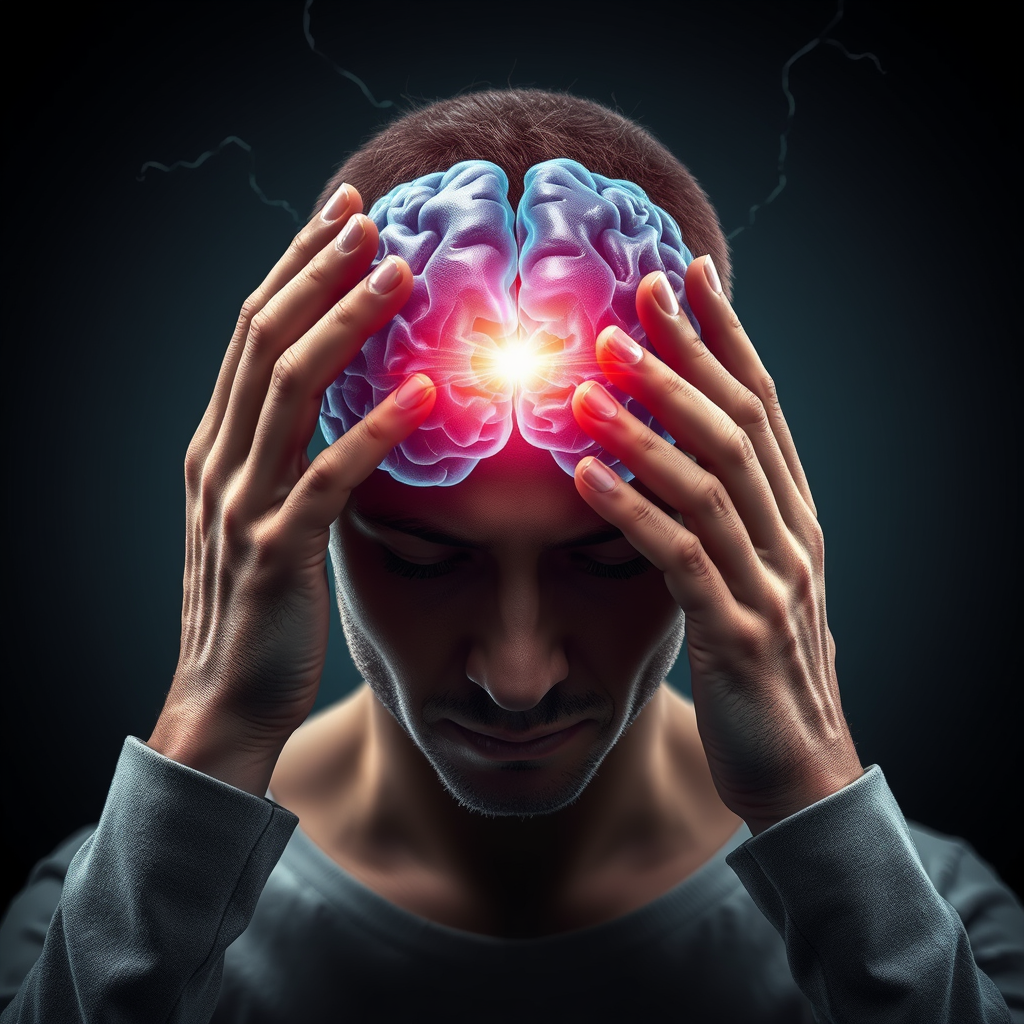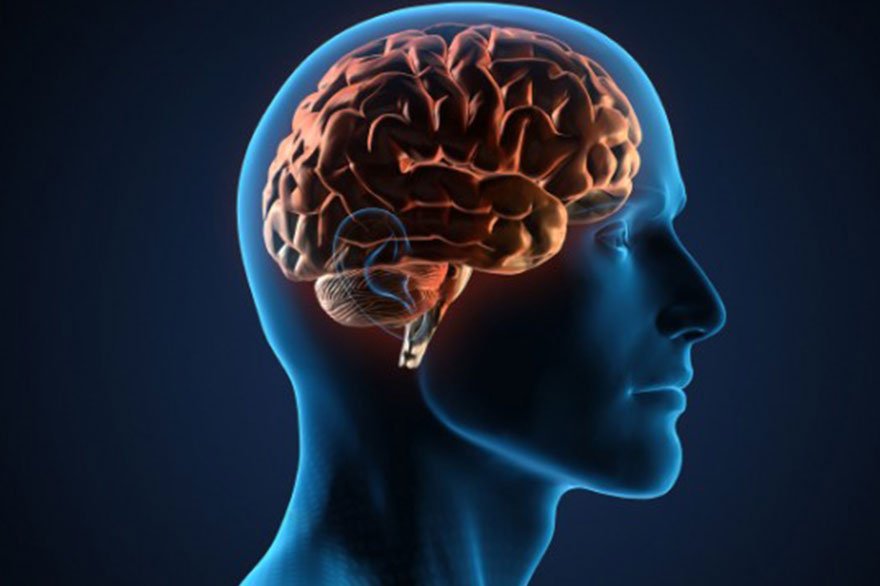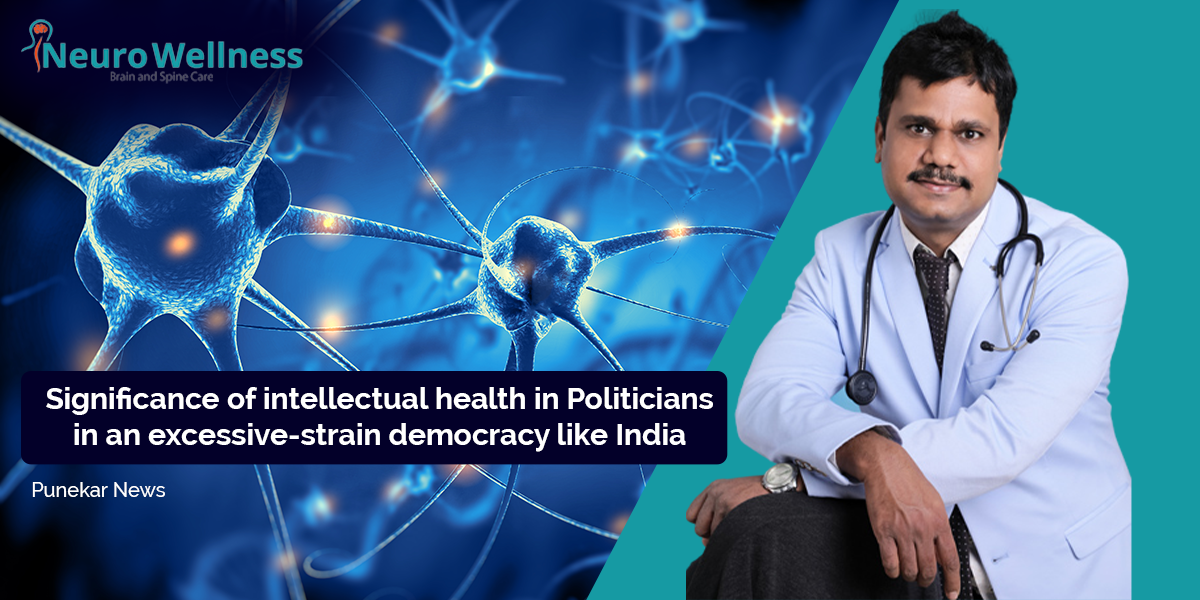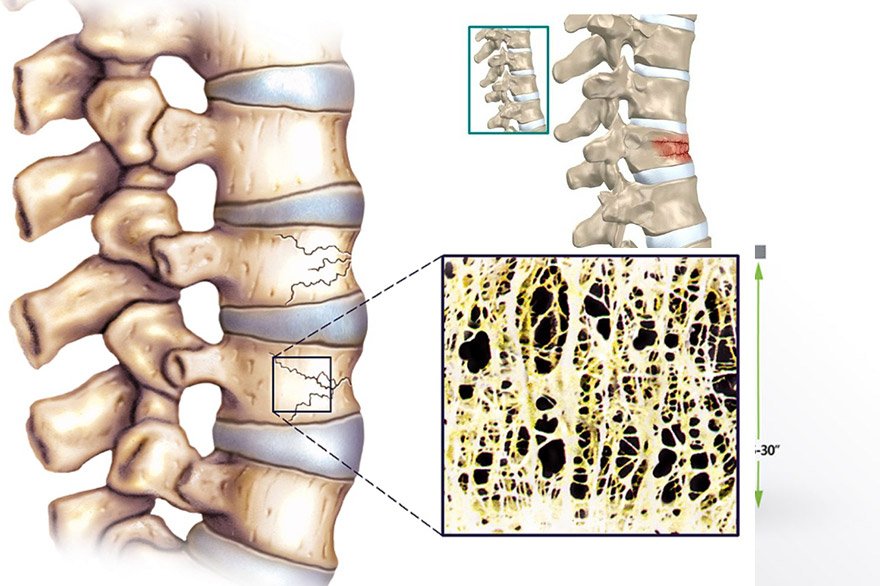1. **Identify Triggers**:
Keep a migraine diary to track your symptoms and identify triggers, such as certain foods, stress, or lack of sleep.
2. **Stay Hydrated**:
Drink plenty of water throughout the day. Dehydration can trigger migraines, so aim for at least 8 glasses a day.
3. **Regular Sleep Schedule**:
Maintain a consistent sleep routine by going to bed and waking up at the same time every day, even on weekends.
4. **Eat Regularly**:
Don’t skip meals and opt for balanced snacks to maintain stable blood sugar levels. Include whole grains, fruits, and vegetables.
5. **Manage Stress**:
Practice relaxation techniques such as yoga, meditation, or deep breathing exercises to help manage stress levels.
6. **Limit Caffeine**:
Be cautious with caffeine intake, as it can affect different people in various ways. Some find it helpful in moderation, while others find it a trigger.
7. **Exercise Regularly**:
Engage in regular, moderate exercise to help reduce stress and improve overall health. Activities like walking, swimming, or cycling can be beneficial.
8. **Monitor Medication Use**:
Be aware of overuse of pain relief medication, as this can lead to rebound headaches. Consult with a healthcare provider about effective usage.
9. **Create a Calm Environment**:
During a migraine attack, find a quiet, dark room to relax in. Use cold packs on your forehead or neck for relief.
10. **Consult Healthcare Providers**:
Regularly see a doctor or headache specialist for personalized advice and treatment options, which may include preventive medications or therapies.
Always consult with a healthcare professional before making significant changes to your health regimen or if you continue to have frequent migraines.
Contact – our neuro experts – 7259669911









